The fuel pressure regulator is an important component in a vehicle’s fuel delivery system. It controls and maintains the proper fuel pressure required for efficient engine performance. Knowing where the fuel pressure regulator is located in your vehicle can be useful when troubleshooting potential fuel system issues.
In this blog post, we will provide an overview of what a fuel pressure regulator is, explain why it is important, and detail exactly where to find it in different types of vehicles.
What is a Fuel Pressure Regulator and What Does it Do?
The fuel pressure regulator is a valve that controls the fuel pressure delivered to the fuel injectors. Its main function is to maintain a constant fuel pressure, typically between 30-60 psi depending on the vehicle. This consistent pressure allows the injectors to deliver the right amount of fuel for optimal combustion.
The regulator works by using intake manifold pressure/vacuum as a reference. On the bottom of the regulator is a diaphragm that is connected to the intake manifold. As engine load increases, manifold pressure/vacuum drops. This causes the diaphragm to move down which opens the regulator valve, allowing more fuel flow to match the engine demand. The opposite happens during light load conditions.
Maintaining proper fuel pressure is critical for performance, fuel economy and emissions. Insufficient pressure results in weak combustion, while excessive pressure delivers too much fuel. Both scenarios lead to driveability issues and increased emissions. The fuel pressure regulator prevents these problems by always keeping fuel pressure within the proper range.
Fuel Pressure Regulator Location in Most Modern Cars
In most modern fuel-injected cars, the fuel pressure regulator is located on the fuel rail. The fuel rail is a cylindrical pipe that supplies fuel to the injectors. The regulator is mounted on the fuel rail and connected to a return line that returns excess fuel back to the fuel tank.
On a typical in-line fuel rail setup, the regulator is mounted somewhere in the middle or rear of the fuel rail. It will have one fuel line going into the front side, and another return line coming out the bottom back to the tank. GM and Ford vehicles often position the regulator in the rear, while many Asian makes locate it mid-rail.
Some examples:
– Honda Civics have the regulator screwed into the middle of the fuel rail that runs above the intake manifold.
– Toyota Camrys mount the regulator at the end of the rail near the rear of the engine.
– Ford Mustangs usually place the regulator at the passenger side towards the back.
– Chevrolet pickups often position it on the driver’s side rear.
In some cases, the regulator may be found after the last injector, or there may be multiple regulators in performance applications. But in general, most modern electronic fuel injection systems have a single regulator mounted somewhere along the fuel rail that feeds all the injectors.
Locating the Fuel Pressure Regulator in Older Cars
In older carbureted cars, the fuel pressure regulator is located much further away from the engine as it is not mounted on the rail. This is because these systems operate at much lower fuel pressure (4-10 psi) so the regulator does not need to be close to the injection point.
The most common place to find the regulator in older cars is near the outlet of the fuel pump or along the fuel delivery line. GM cars and trucks often had the regulator attached to the pump outlet inside the fuel tank. One line went from the pump to the carburetor, another returned fuel from the regulator back to the tank.

Other common regulator locations in older cars include:
– Near the inlet port of the carburetor, after the fuel pump. This configuration allows unused fuel from the carb to return back to the tank.
– Under the vehicle along the frame rail. The regulator will be mounted somewhere along the fuel line running from the tank to the engine bay.
– Behind the rear wheel well. Some sporty older vehicles position the regulator here to keep it away from engine heat.
– Inside the engine bay on the fender apron. Cars like classic Mustangs often have the regulator accessible under the hood for easy servicing.
– Near the fuel sending unit in the fuel tank. As mentioned above, GM cars integrated the regulator into the fuel pump assembly inside the tank.
The key when searching for the older style regulator is to follow the main fuel supply line from the fuel tank to the carburetor. The regulator may not look like the modern units on a fuel rail, but will be found somewhere along this route.
How to Identify the Fuel Pressure Regulator
Being able to properly identify the fuel pressure regulator is important when trying to locate it under the hood or along the fuel delivery system. Here are some tips for visually confirming you’ve found the regulator:
– Look for a round or oval metal canister, usually 2-4 inches long, connected inline along a fuel line.
– The regulator will have one inlet line coming in, and an outlet return line going back out to return fuel to the tank.
– Follow the fuel rail along the engine to find the regulator mounted in the middle or rear of the rail.
– Check for a vacuum reference line (small plastic line) running from the regulator to the intake manifold. This connects it to the engine vacuum.
– Look for electrical connectors if it’s an electronically controlled regulator. Most modern digital regulators will have 2 or 3 wire connectors.
– Can usually see the spring inside if you look through the mounting holes – this spring maintains pressure settings.
– Some regulators have a seam where the top screws into the bottom – this allows access to the internal valve and components.
– The regulator may have a raised diaphragm or lever on top that moves to regulate pressure.
– There will be one inlet port and one return port – follow fuel lines to identify.
– Check for a fuel pressure adjustment screw – this allows technicians to change the fuel pressure setting.
– Modern units have no adjustments and are pre-set from the factory.
– The regulator may have a brand name stamped on the exterior. Common brands include Airtex, Carter, Delphi, Bosch, Denso.
Using these identification tips along with tracing fuel lines will help you locate the regulator if it’s obscured or hidden behind other engine components.
Signs of a Malfunctioning Regulator and When to Replace
Since the fuel pressure regulator is such a vital part of the fuel system, it can cause significant problems if it begins to fail. Here are some signs of a bad or malfunctioning regulator:
– Difficult starting – If fuel pressure has dropped due to the regulator, there may not be enough fuel volume for the engine to start properly.
– Poor acceleration – Insufficient fuel pressure results in lean fuel conditions that prevent smooth acceleration.
– Rough idle – The engine may idle rough, bounce or even stall if fuel delivery is interrupted.
– Check Engine Light – Codes related to fuel pressure or oxygen sensor readings indicate a problem with fuel mixture.
– Failed emissions test – Low fuel pressure results in a lean air-fuel mix and excess oxygen that increases emissions.
– High fuel consumption – Excessively high fuel pressure forces more fuel through the injectors than necessary, wasting gas.
– Fuel leaks – Cracked or damaged regulators may leak fuel externally. Fuel may also leak through the return line.
– Fuel odors – External leakage of fuel will lead to fuel vapors and odors coming from the car.
Once diagnosed, faulty or weak fuel pressure regulators need to be replaced. On older cars, this is usually an easy DIY fix. On modern cars, it’s best left to a professional to update the whole assembly and reset the fuel system adaptations. OEM parts or quality aftermarket regulators should be used to maintain proper fuel system operation.
DIY Fuel Pressure Regulator Replacement Tips
On older style regulators, a DIY replacement is straightforward for home mechanics if some basic precautions are followed:
Supplies Needed:
– New regulator (match OEM unit or use quality aftermarket)
– Fuel line disconnect tools
– Flare nut wrenches
– Shop rags
– Protective gloves/eyewear
– Fuel approved container
Steps:
1. Relieve fuel pressure – This can be done by removing the fuel pump relay or fuse, then running the engine until it stalls. Consult a shop manual for your car’s fuel pressure relief procedure.
2. Disconnect the battery – Removing power prevents fuel pump activation while working on the system.
3. Locate regulator and disconnect fuel lines using line disconnect tools. Use flare nut wrenches to remove fittings.
4. Plug the ends of fuel lines to prevent leakage. Contain any spilled fuel and dispose of it properly.
5. Remove regulator mounting hardware – Usually just a couple bolts.
6. Install new regulator using new o-rings/gaskets if required.
7. Reconnect fuel lines securely and replace any leaking lines/fittings.
8. Reconnect the battery and check for leaks before starting the engine.
9. Road test to confirm normal driving performance and fuel economy.
Proper safety protocols are critical when replacing fuel system components yourself, but the regulator is one of the more straightforward DIY jobs. Just take your time and follow the factory service manual. Reach out to a technician if the job is beyond your skill level.
Fuel Pressure Regulator Replacement Costs
Replacing a failed fuel pressure regulator through a professional mechanic typically costs $200-$400 for most vehicles when just the part itself needs to be swapped. This assumes no other underlying problems with the fuel system itself.
Here are some factors that influence the total fuel pressure regulator replacement cost:
Parts Cost – The regulator itself ranges from $20 for simple inexpensive units up to $300 or more for high-end electronic regulators on luxury cars. Aftermarket units are cheaper than OEM parts from the dealer.
Labor Time – Simple regulators often take 0.5-1 hour to replace, while newer styles can take 2+ hours requiring removal of the fuel rail. Shop rate of $100+ per hour.
Related Repairs – If the regulator damages other parts like fuel injectors, additional repairs will be needed. Fuel line replacement can add cost.
Vehicle Type – More complex modern fuel systems on luxury cars often cost more due to tighter engine compartments.
Location – Regulators located inside the fuel tank require tank removal, significantly increasing cost.
Shop Fees – Some shops charge diagnostic, disposal or other service fees on top of labor.
Overall, regulators on most mid-2000s family sedans can be replaced for $200-300 in total. Newer cars from 2010+ are $300-400. Luxury cars like BMW/Mercedes can be $500+. DIY will just cost the price of parts.
To save money, always diagnose the problem first and be sure it’s the regulator at fault. Compare shop rates if the cost is too high. Use OEM-quality aftermarket regulators to reduce parts cost.
Steps to Diagnose Fuel Pressure Regulator Problems
Suspecting an issue with your fuel pressure regulator? Here are the general steps to properly diagnose and confirm regulator problems:
1. Check for trouble codes – Use an OBD-II scanner to pull any diagnostic trouble codes (DTCs). Fuel regulator issues may cause P0171, P0172 or P0069 codes.
2. Look for symptoms – Reference the symptom list above like hard starting or stalling. Take note of any performance issues.
3. Test fuel pressure – Use a fuel pressure gauge to read fuel system pressure. Compared to manufacturer specs when the engine is off/on.
4. Check idle pressure – Monitor pressure at idle with the gauge. Steady drop off points to leaking regulators. Should hold constant PSI.
5. Perform purge test – With engine off, disconnect the vacuum line to see if pressure instantly drops. Should only bleed down slowly.
6. Inspect visually – Take off air intake components to inspect the regulator and fuel rail. Look for signs of leaks or damage.
7. Check fuel volume – Weak pumps may cause similar issues. Confirm sufficient fuel volume flow to the regulator.
8. Review maintenance history – Improper service or old fuel can clog the regulator filter screen.
9. Swap components – Replace with new regulator only after other causes are ruled out. Clear codes and test drive.
Always properly diagnose rather than throwing parts at a problem. Make sure to rule out issues with fuel pump, filter, injectors, etc. Following these steps will confirm if the regulator needs replacement.
Fuel Pressure Regulator Safety Tips
When servicing your fuel pressure regulator or any fuel system component, following some key safety guidelines can prevent injuries, fires or other hazardous situations:
– Relieve all fuel pressure before removing any fuel system components. This prevents fuel spray while disconnecting lines.
– Wear protective goggles and gloves when working near fuel. Fuel contact with skin or eyes is dangerous.
– Disconnect the battery when performing fuel system service to prevent electrical sparks or pump activation.
– Have an appropriate fire extinguisher on hand. ABC dry chemical extinguishers can put out gas/electrical fires.
– Use fuel line disconnect tools instead of pliers or vice grips which can damage the lines. Flare nut wrenches properly grip connections.
– Plug any open fuel lines during service to prevent leaks and evaporation. Schrader valves can be installed temporarily.
– Clean up all fuel spills immediately and properly dispose of fuel soaked rags which are fire hazards.
– Handle used regulators carefully which may contain residual fuel / vapors inside the unit.
– Do not run or drive the car during diagnosis. This pressurizes the system and can cause leaks.
– Install the new regulator with new o-rings and fittings to prevent leaks.
– Double check all fittings for tightness and check fuel lines for signs of cracks or damage.
– Confirm proper fuel pressure at the rail before road testing the repaired system.
Exercising caution is always crucial when directly working with an automobile’s fuel delivery system to avoid personal injury or collateral damage. Following procedures in a shop manual is recommended.
How Does a Fuel Pressure Regulator Fail?
Fuel pressure regulators are generally durable components but they still can fail over time or if improperly serviced. Here are some of the most common ways regulators get damaged and stop functioning properly:
– Sticking valve – Varnish buildup, contaminants or wear prevent the valve from properly reacting to changes in intake vacuum or pressure. This affects fuel pressure.
– External fuel leaks – Cracked housing or faulty internal seals cause fuel to leak externally from the regulator body. This leads to fuel odors and puddles under the car.
– Internal fuel leaks – Wear of internal valves and seals allows fuel bypass internally, unable to maintain set pressure.
– Return line leaks – The return line returning unused fuel to the tank can crack and leak fuel. Lines also become disconnected.
– Vacuum or electrical failure – Regulators rely on vacuum/electrical inputs to function. Leaks or wiring issues cause calibration errors.
– Pressure creep – Pressure gradually increases over time as the spring weakens or valves wear internally.
– Dirt or debris – Contaminants entering the regulator can jam the valve movement or damage seals. Fuel filter problems often precede regulator failures.
– Blunt force – Road debris or accidents can dent, crack or physically damage the regulator body and components.
– Overheating – Excessive heat exposure near the engine bay combined with old fuel breaks down seals and o-rings.
Catching regulator problems early and replacing the unit before major leaks or failures occur is ideal to prevent extensive repairs. Use quality fuel and change filters regularly.
Fuel Pressure Regulator FAQs
Here are some of the most common questions about fuel pressure regulators:
How do I know if my regulator needs to be replaced?
Look for symptoms like hard starting, stalling, hesitation, check engine lights related to fuel mixture codes, rising fuel pressure at the rail, external leaking, or fuel odors from the car. Use a fuel pressure gauge to test for issues.
What are the different types of fuel pressure regulators?
Mechanical, electronic, returnless regulators. Mechanical uses intake vacuum and spring pressure alone. Electronics have electrical operation or control. Returnless does not have a return line to the tank.
Where is the fuel pressure regulator located?
In modern cars, it is mounted along the fuel rail supplying the injectors. In older cars, it is located along the fuel line between the pump or tank and the carburetor. Some are inside the fuel tank itself.
Can I drive with a bad fuel pressure regulator?
It’s not recommended to drive with a confirmed faulty regulator. You may be able to drive short distances to a repair shop. This risks further damage or breakdowns if fuel pressure is too far out of spec.
How do mechanics test fuel pressure?
They connect a fuel pressure gauge to the Schrader valve test port on the fuel rail. The gauge allows them to monitor fuel pressure in real time during different engine conditions like idle, acceleration, etc.
What is the cost to replace a fuel pressure regulator?
Between $200-400 for most vehicles when just the part itself needs replacement. Higher end cars can be $500+ when accounting for labor time and shop fees.
Conclusion
The fuel pressure regulator plays an integral role in the fuel delivery system by maintaining just the right amount of fuel pressure for optimal engine performance. While newer electronic regulators look very different from old mechanical regulators, they serve the same vital purpose.
Tracing the fuel system lines from tank to engine will lead you to the regulator in your specific vehicle. Look for telltale signs like a return fuel line, vacuum reference, or mounting along the modern fuel rail. When issues arise, regulators can cause symptoms like poor acceleration, rough idle, leaks, and increased emissions.
Replacing faulty units restores fuel system function and drivability. This straightforward repair improves engine efficiency and prevents extensive damage from occurring. Always take proper safety steps like relieving fuel pressure before servicing any fuel components.
Understanding the function of the fuel pressure regulator, knowing how to locate it, and properly diagnosing problems with it are key skills for all car owners. This knowledge helps keep your vehicle’s fuel system in top condition for performance and economy. Proper maintenance and care of the fuel delivery system pays dividends in the long run.
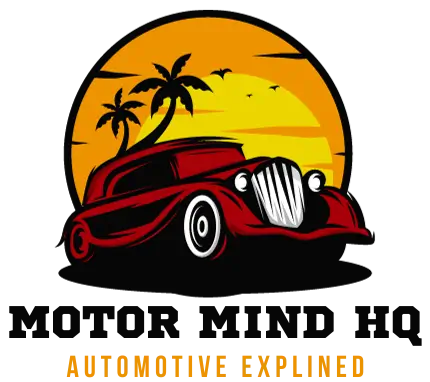
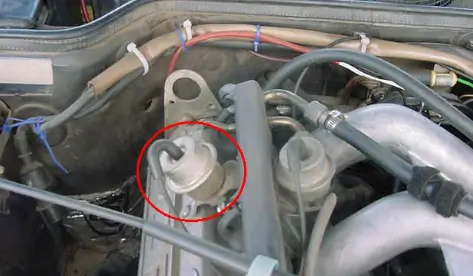
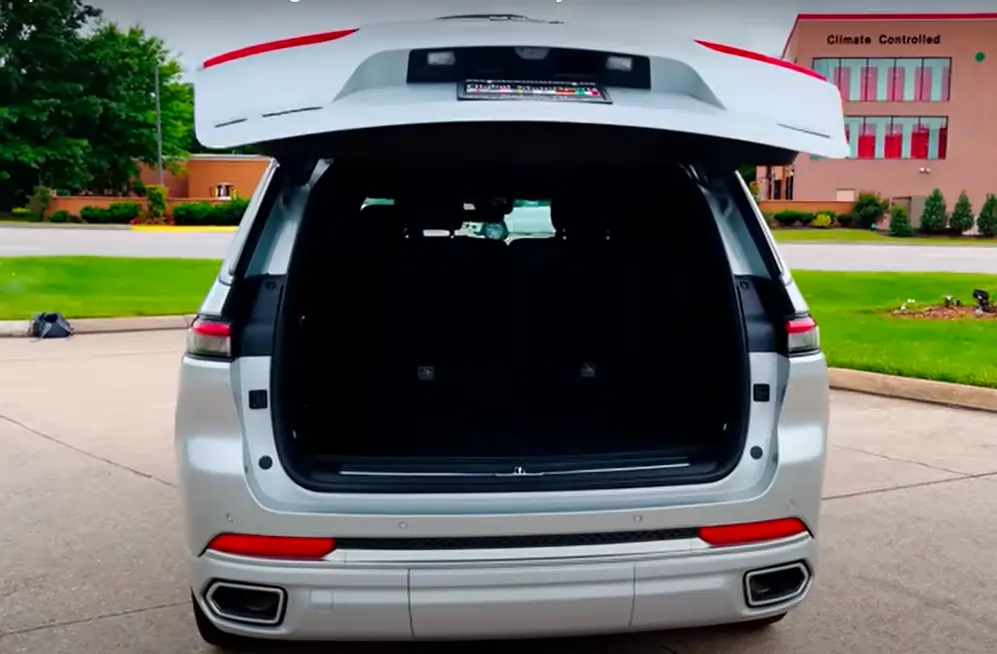


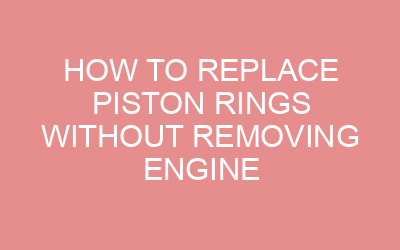

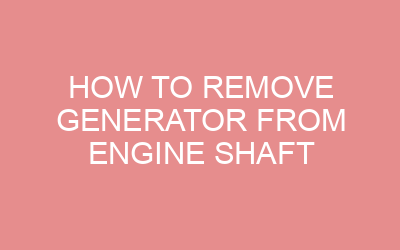
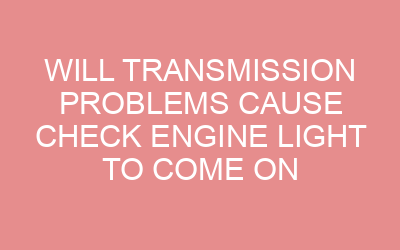
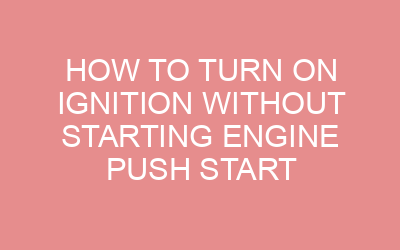
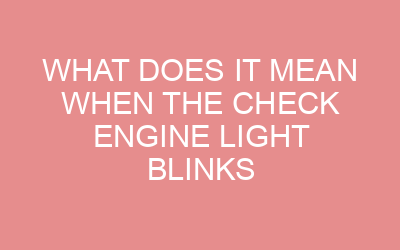
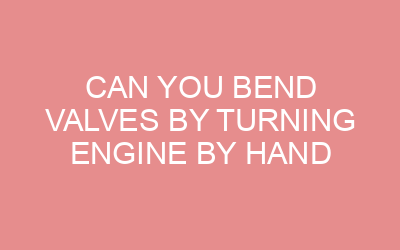


Leave a Reply